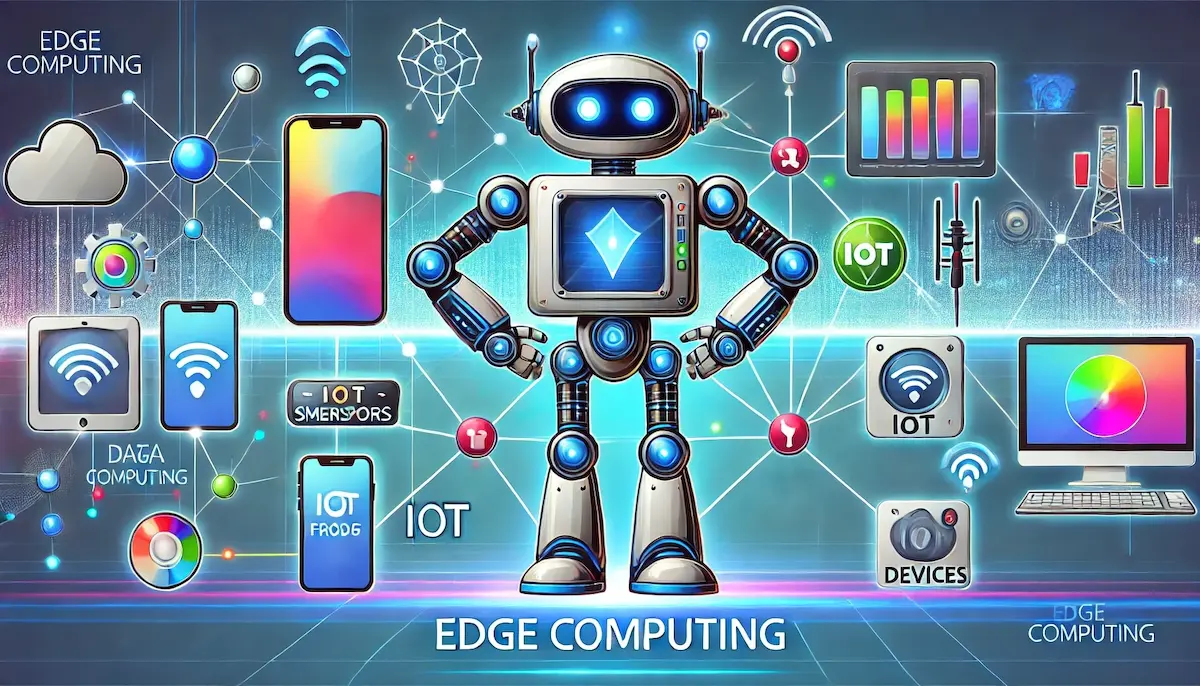In today’s world of ever-growing data and rapid technological advancements, edge computing has emerged as a game-changing innovation. This concept is revolutionizing how data is processed, stored, and analyzed, offering significant benefits over traditional computing models. But what exactly is edge computing, and why is it becoming so crucial? Let’s dive into the details.
What is Edge Computing?
Edge computing refers to the practice of processing data closer to the location where it is generated, rather than relying on a centralized data center or cloud. This approach aims to reduce latency, save bandwidth, and improve the efficiency and performance of various applications. By bringing computation and data storage nearer to the devices that produce and consume this data, edge computing minimizes the distance that information needs to travel, leading to faster and more efficient data processing.
How Does Edge Computing Work?
The core principle of edge computing is decentralization. Instead of sending all the data to a central server for processing, edge devices, such as sensors, IoT gadgets, and mobile phones, perform some or all of the computing tasks locally. These edge devices can filter, process, and analyze data in real-time, only sending essential information back to the central servers when necessary. This reduces the load on the central server and ensures quicker response times.
Benefits of Edge Computing
Reduced Latency
One of the most significant advantages of edge computing is the reduction in latency. By processing data closer to its source, edge computing can provide real-time or near-real-time responses, which is critical for applications like autonomous vehicles, healthcare monitoring systems, and industrial automation.
Improved Bandwidth Efficiency
With the proliferation of IoT devices, the amount of data being generated is skyrocketing. Edge computing helps manage this data deluge by processing it locally, which reduces the amount of data that needs to be transmitted over the network. This efficient use of bandwidth is especially beneficial in remote locations or areas with limited internet connectivity.
Enhanced Privacy and Security
Edge computing can improve data privacy and security by keeping sensitive information closer to its source and limiting the need to transmit it over potentially insecure networks. Local processing also allows for quicker implementation of security protocols and measures.
Applications of Edge Computing
Internet of Things (IoT)
Edge computing is a natural fit for IoT applications, where vast amounts of data are generated by various sensors and devices. By processing this data locally, IoT systems can react more quickly and efficiently to changes in their environment.
Autonomous Vehicles
Self-driving cars rely on real-time data processing to make split-second decisions. Edge computing enables these vehicles to process data from their sensors instantaneously, ensuring safe and efficient operation.
Healthcare
In healthcare, edge computing can be used for real-time monitoring of patients through wearable devices. These devices can process data locally and alert healthcare providers to any critical changes, ensuring timely intervention.
Smart Cities
Smart city applications, such as traffic management and environmental monitoring, benefit from edge computing by processing data locally to optimize urban infrastructure and services in real-time.
Edge computing is reshaping the landscape of data processing and analysis, offering faster, more efficient, and secure solutions for various industries. As technology continues to evolve, the adoption of edge computing is likely to increase, driving innovation and enhancing the capabilities of numerous applications.
Blockfine thanks you for reading and hopes you found this article helpful.
